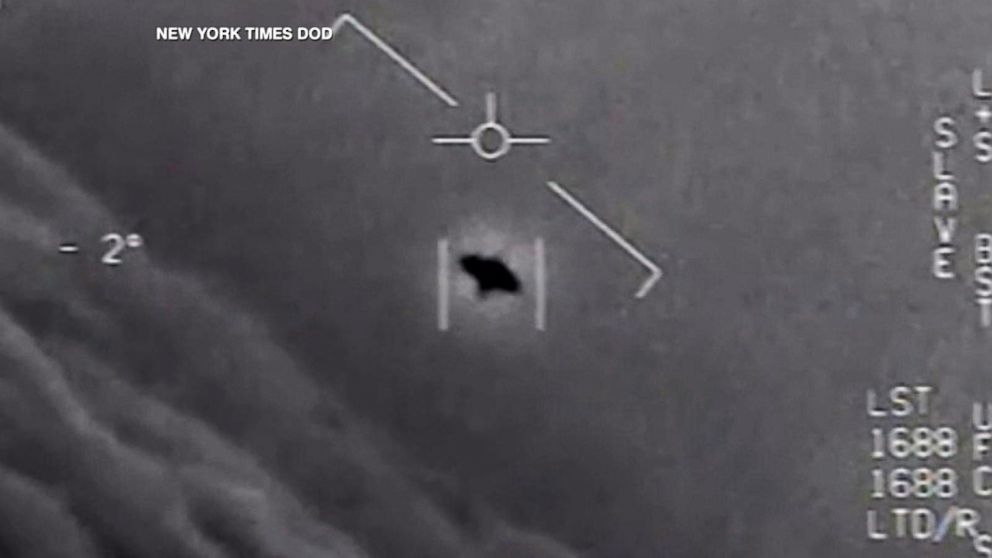
Feel free to take a few seconds out of your day to fully appreciate the genius title I came up with for this post. I’ll even give you some scrolling to do while you appreciate it!
The Kardashev scale was designed in 1964 by Nikolai Kardashev to measure a civilization’s level of technological capability based on the amount of energy it is able to harness. Kardashev began with Type I, II, and III civilizations, and the scale has expanded since then to include Type IV and V civilizations. Funnily enough (more like sadly, I suppose), we’re not even on the scale yet!
Type I civilizations have the power to fully utilize the energy of their own planet. You might think we already do (spoiler alert: we don’t), but this would actually require us to gain control of volcanoes, weathers, earthquakes, and all that good stuff. Current assessments actually put us at a 0.72 on the scale, but considering the scale is logarithmic, we have a good ways to go before we reach Type I. To be specific, it’s estimated to be around 100-200 years. Type II civilizations are able to fully harness the power of their neighboring star, and to reach this designation, we would need to increase our energy production by over 100,000 times. Sounds pretty easy to me! For these types of civilizations, think some of the advanced species from the video game Mass Effect, Star Wars’ Starkiller Base (a [Hosnian] PRIME example, in my opinion), and maybe even Star Trek’s Federation of Planets. Type III civilizations can control the energy of their galaxy, and are best characterized as the Asgardians in the MCU (the Bifrost, a type of wormhole, requires an IMMENSE amount of energy to sustain based on some complicated mathy things I really don’t want to get into, placing them around 3.2) and the Masters of the Mystic Arts from Doctor Strange. As for Type IV and Type V civilizations (which Kardashev personally believed were too advanced), they are able to utilize the energies of the entire universe and multiple universes, respectively. These would require civilizations to tap into energy sources and laws of physics that are currently unknown to us, and some even theorize that these civilizations could live inside of black holes. One such example of a potential Type IV civilization are the Gallifreyans from Doctor Who. These civilizations harness an unimaginable amount of power, and although I consider myself an optimist, these civilizations are beyond even the limits of my own imagination.
In short, here is the Kardashev scale breakdown:
- Type I – Planetary Civilization
- Type II – Stellar Civilization
- Type III – Galactic Civilization
- Type IV – Universal Civilization
- Type V – Multi-Universal Civilization
This has probably been my favorite blog post thus far, so I hope you all enjoyed! I’m curious to hear your thoughts- this scale may be interesting to theorize about, but do you think it’s actually an arbitrary one? Do you think humanity would even last long enough to advance up the scale, maybe even to a Type V civilization? Is there even a limit to this scale, or could we continually keep extending it as we learn more about our universe and energy sources?










